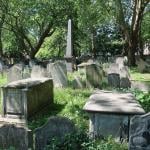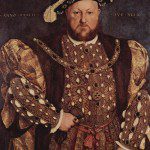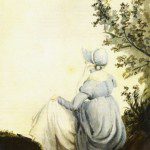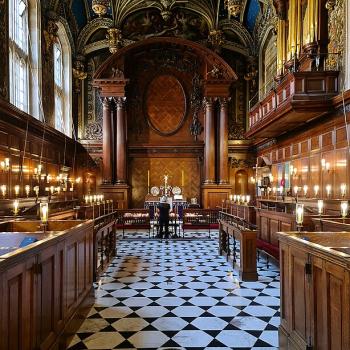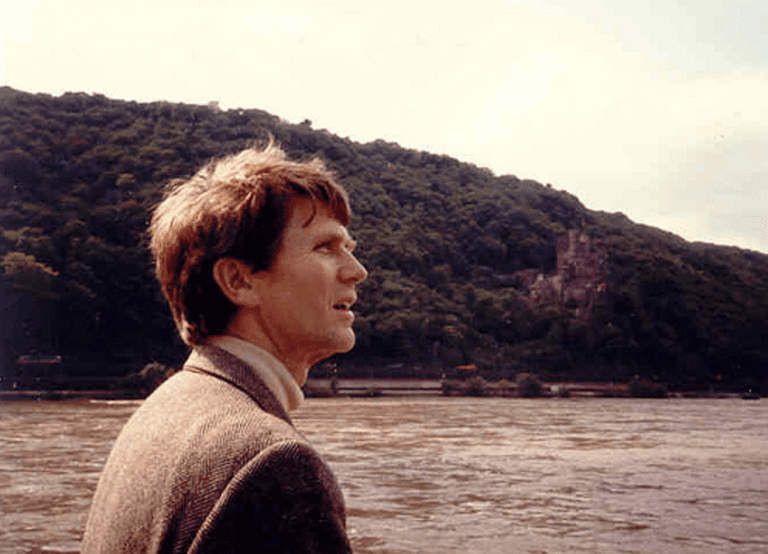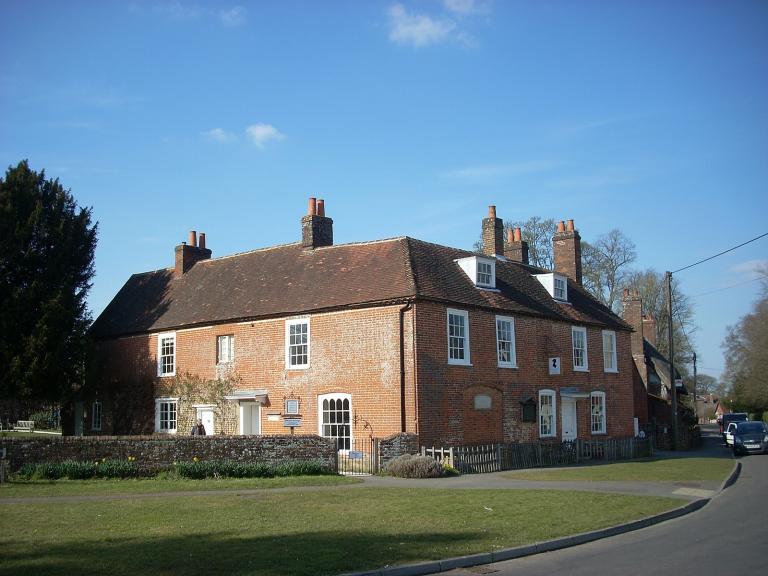
We were up early this morning for a brief visit to Winchester Cathedral, where Jane Austen is buried. Then we drove to Chawton, where Jane lived her last eight years. We walked over to Chawton House, one of the estates that belonged to her brother — that’s a slightly strange and complicated story, including his changing his surname from Austen to Knight — and saw there the graves of her mother and her sister, as well as a small but beautiful statue of Jane herself. But we spent most of our time in Jane’s own home, which is often called Chawton Cottage. It’s where she wrote (or, at least, made the final revisions on) all six of her novels, as well as the unpublished fragment Sanditon. I had good conversations with two of the docents in the home, one of whom is actually a descendant of Jane’s brother. (He grew up in Chawton House.)
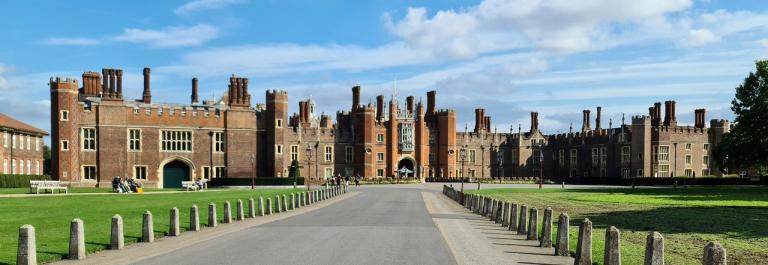
Then we headed to Hampton Court Palace, where my wife and I spent the entirety of our time in and about Henry VIII’s royal apartments, his great hall, and his chapel royal. Henry VIII is obviously both a repulsive figure and a fascinating one. I’m much less interested in the baroque portions of the palace belonging to William III and in the still later portions pertaining to George II; we’ve seen them on previous visits. Incidentally, we saw Elder Lew Cramer and Senator Jeff Flake walking away from the palace as we were walking toward it. They didn’t see us — or, at least, they pretended not to see us. (I’m beginning to suspect that Senator Flake is stalking me. I mean, really. Istanbul? Then London? Then, the next day, at Hampton Court Palace? And, many years ago, in Provo?)
Our tour ended this evening. Most of our people are headed home tomorrow morning. It’s always a bit of a letdown when a trip like this concludes: We’ve just made a number of new friends, and now they’re gone. But I was extremely pleased with Peter Fagg’s guiding this time around; he seems to become better each time. And our coach driver, Gary, was an unusually pleasant, jovial, friendly, and accommodating fellow. Peter has begun to request him for his tours, and I can certainly see why.

I realize that I omitted something significant from yesterday’s tour summary. (I was tired and in a hurry. It was late, and we needed to rise early.) I failed to mention our early-morning visit to the Leighton House Museum, the former London home of the Victorian painter Frederic Leighton, 1st Baron Leighton (1830–1896), whose painting I quite like. I had never previously heard of the Leighton House Museum; the visit was Kris Frederickson’s idea. I loved it. It’s a little gem of a place, and the “Arab Hall” is exquisitely beautiful.
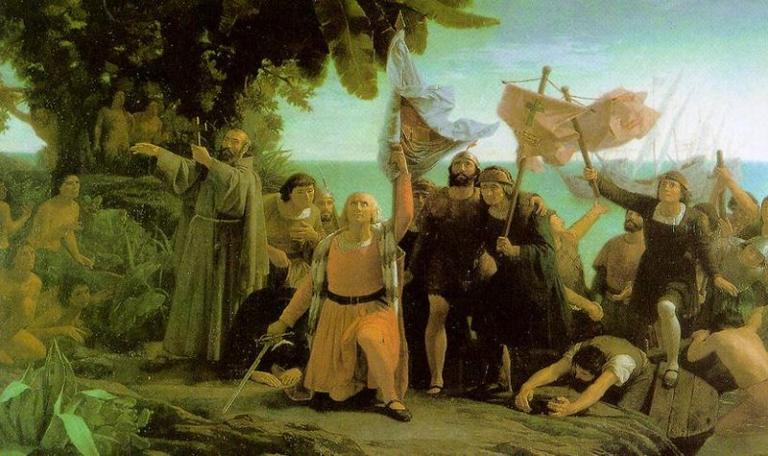
As a small constituent part of a long-term project that I’m working on, I’ll be extracting notes over the next several weeks or (more likely) months from John W. Welch, ed., Reexploring the Book of Mormon: A Decade of New Research (Salt Lake City and Provo: Deseret Book, 1992), and intermittently sharing them here. They represent the state of the questions as of the early 1990s and, in many cases, they will need to be fleshed out with whatever developments may have occurred over the past thirty-three years. (It’s also possible that, in a few cases, subsequent developments will have negated them altogether.) But that is a task for another time (or times). These are notes — sometimes including bibliographical hints for future reading — that I’m compiling for my own use, but I hope that some of you will find them of interest.
Tonight, I’m drawing on “Columbus: By Faith or Reason?” by Grant R. Hardy:
“I looked and beheld a man among the Gentiles, . . . and he went forth upon the many waters.” (1 Nephi 13:12)
This verse has long been understood by Latter-day Saints as referring to Columbus. And, assuming that identification to be accurate, the Book of Mormon seems to assert that, whatever else may have been involved, Columbus’s primary reasons for sailing were spiritual.
When I was growing up, though, Columbus appears to have been generally seen as led by science, reason, and restlessness, and, perhaps most importantly, by greed and a lust for conquest. By the early 1990s, however, historian Pauline Watts had taken a new look at his motivations, arguing persuasively that Columbus was in fact deeply influenced by prophecy and revelation. [See especially Pauline Watts, “Prophecy and Discovery: On the Spiritual Origins of Christopher Columbus’s ‘Enterprise of the Indies,”’ American Historical Review (February 1985): 73-102.]
At least some recent scholarship, it seems, has come to agree with the Book of Mormon’s assessment of Columbus.
“In her article, Watts investigates the spiritual origins of Columbus’s voyages. She discusses the inuences of scripture, theology, astrology, apocalypticism, and medieval prophecy. She particularly focuses on a book that Columbus himself was writing but never completed, called Book of Prophecies (the fragments were first edited by Cesare De Lollis in 1894). In this book Columbus set forth views on himself as the fullfiller of biblical prophecies! Columbus saw himself as fullfilling the “islands of the sea” passages from Isaiah and another group of verses concerning the conversion of the heathen. Watts reports that Columbus was preoccupied with “the final conversion of all races on the eve of the end of the world,” paying particular attention to John 10:16: “And other sheep I have, which are not of this fold” (see also 3 Nephi 16:3). He took his mission of spreading the gospel of Christ seriously. “God made me the messenger of the new heaven and the new earth. . . . He showed me the spot where to find it,” Columbus wrote in 1500. [Watts, “Prophecy and Discovery,” 73]
Watts summarizes her argument by stating that “in the final years of his life, . . . Columbus came increasingly to see himself as a divinely inspired fulfiller of prophecy, the one who inaugurated the age of the unum ovile et unus pastor” (“one fold and one shepherd”). [Watts, “Prophecy and Discovery,” 73.] “He came to believe that he was predestined to fulfill a number of prophecies in preparation for the coming of the Anti-Christ and the end of the world” (which also happens to be the context of Nephi’s prophecies in 1 Nephi 13-14). [Watts, “Prophecy and Discovery,” 74]
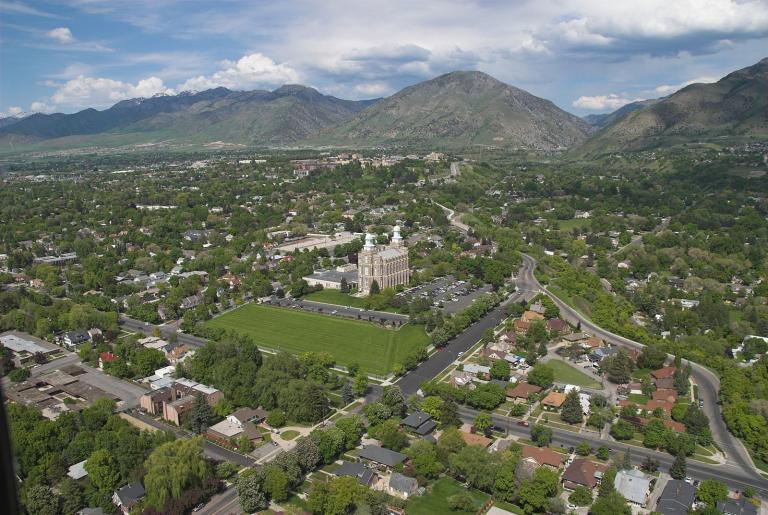
Dr. John Johnson and his wife have participated in several of our Interpreter Foundation educational tours. They were on this one, as well. A member of the Utah state senate, he published an interesting article a couple of days ago in the Deseret News; I like the direction that he’s pursuing: “Perspective: The renaissance that American universities need: What’s broken in higher ed isn’t just policy. It’s purpose”
Posted from London, England


